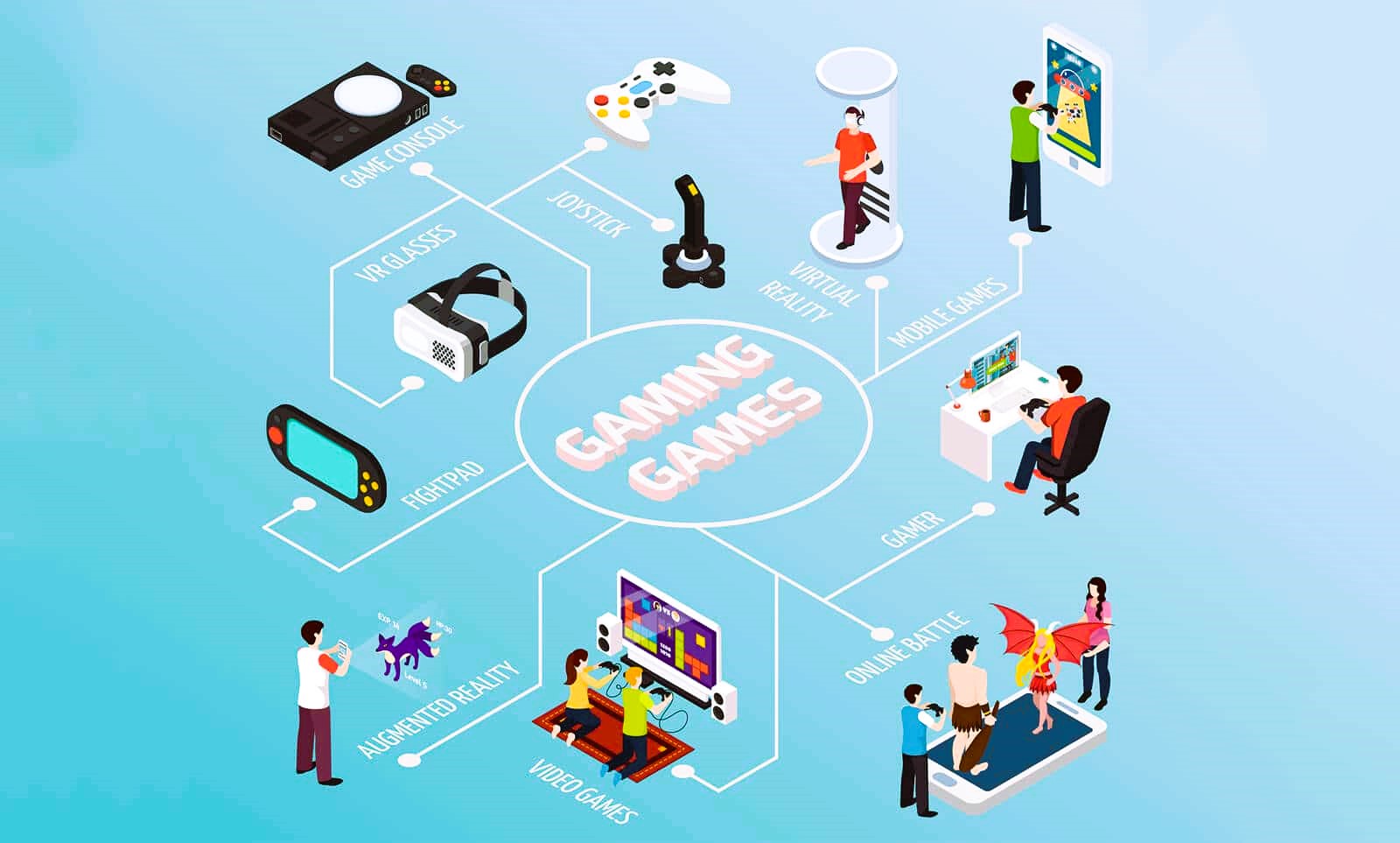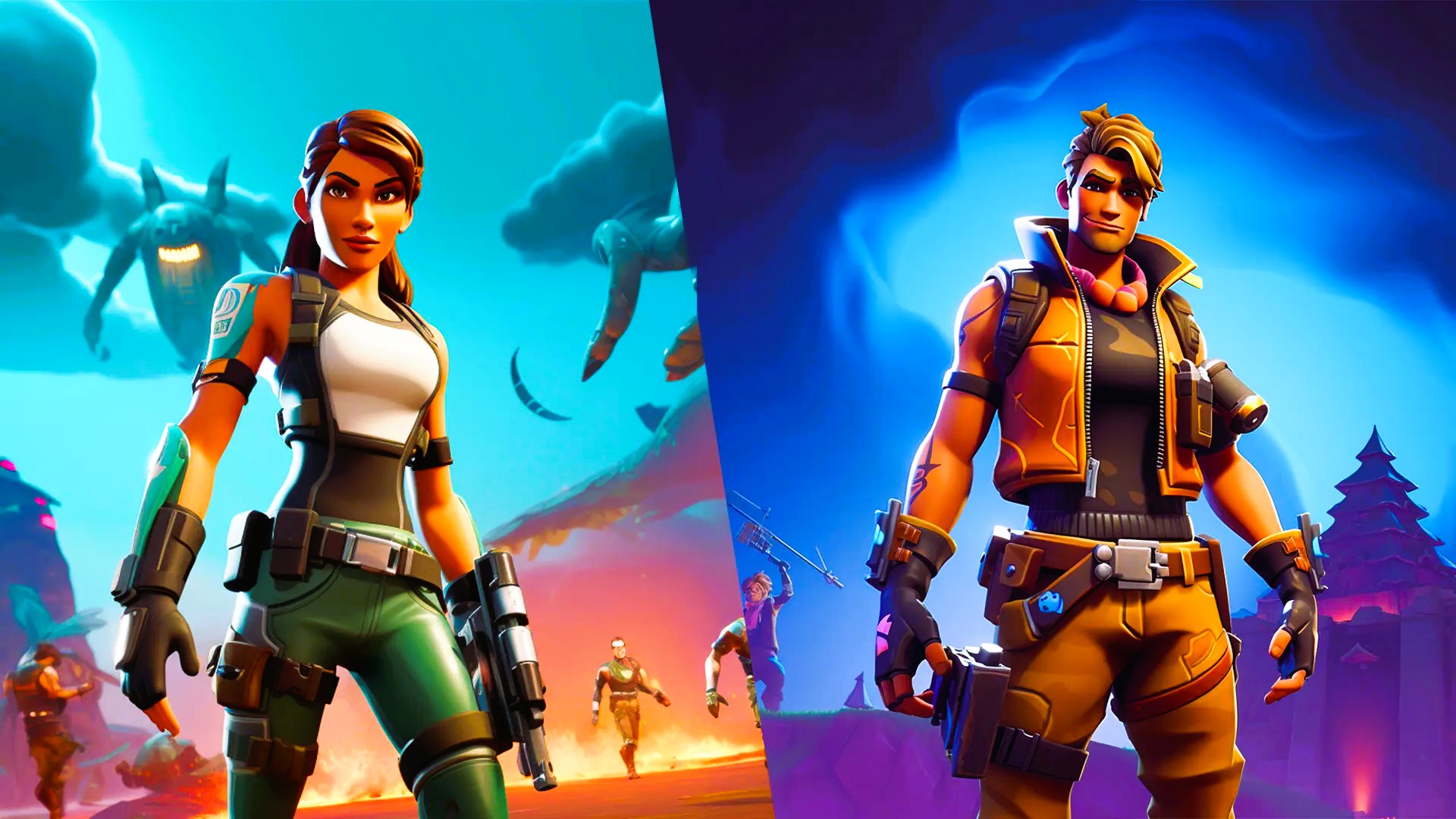Alright, let’s get straight to the point—if you’re making a game, you NEED a killer website. It’s your home base, your marketing engine, and your way of keeping players hyped. But not all game websites are created equal. Some are slick, optimized, and get people excited. Others? Well… they look like they were coded in a high school IT class. Let’s make sure yours doesn’t fall into that second category.
Whether you’re a game dev, modder, esports squad, or streamer, here’s what you need to nail when building a game website.
1. First Impressions Matter: Your Website’s Purpose
Before you even touch a line of code, ask yourself: What’s this site supposed to do? Your answer determines everything. Here are some common reasons game websites exist:
- Marketing your game (trailers, screenshots, pre-orders)
- Providing downloads (launchers, patches, mods)
- Hosting a community (forums, Discord links, player stats)
- Running multiplayer servers (server status, leaderboards)
- Supporting streamers & content creators (press kits, assets)
Pro Tip: Check out how big games do it. IGN is all about gaming news, but look at how AAA devs structure their websites. Keep your site’s purpose clear and don’t overload it with fluff.
2. Essential Pages: What Every Game Website Needs

A good game website isn’t just pretty—it’s functional. Here’s what you MUST include:
Homepage (Your Digital Storefront)
- A stunning visual header (think key art, a trailer, or in-game action)
- A call-to-action (CTA): “Play Now,” “Wishlist on Steam,” “Join Beta”
- Short, punchy game description
About Page
- What’s the game about? (Keep it simple, no walls of text)
- Your dev team (players love knowing who’s behind the game)
Game Features Page
- Show off what makes your game special
- Use GIFs, videos, or even interactive demos
Download/Play Page
- Clear links to Steam, Epic, itch.io, or direct downloads
- Minimum system requirements (nobody likes guessing)
- If multiplayer, server status + matchmaking info
Community Hub
- Forums or links to Discord, Reddit, Twitter
- Patch notes & developer updates
- Support section for bug reports
Press/Media Page (For Streamers & Journalists)
- Official logos, key art, screenshots, trailers
- Press contact info
- Embargo/review guidelines
Here’s a sample structure for reference:
| Page Name | Purpose | Must-Have Features |
|---|---|---|
| Homepage | First impression, showcase the game | Trailer, CTA, key features |
| About | Your game’s story & dev team | Short copy, images, team bios |
| Game Features | Show what makes it awesome | GIFs, gameplay snippets |
| Download/Play | Get players in the game | Clear download links, system specs |
| Community | Build engagement | Discord, patch notes, forums |
| Press/Media | Support content creators | Logos, screenshots, trailers |
3. Performance & Speed: Because Nobody Likes a Slow Site
Your game’s website should load faster than a respawn timer. If it’s slow, people will bounce. Simple as that. Read more about why Minecraft continues to dominate the gaming world here.
How to Optimize for Speed:
- Use WebP images (smaller file sizes, same quality)
- Minify CSS & JavaScript (less clutter, faster loads)
- Host on a good server (avoid cheap shared hosting for serious projects)
- Use a CDN (Content Delivery Network) to load assets quicker globally
Test your site’s speed with Google PageSpeed Insights and fix anything slowing it down.
4. Mobile Optimization: Because Gamers Aren’t Just on PCs
Not everyone is visiting your site from a dual-monitor, RGB-lit battle station. A huge chunk of players will check it out from their phones.
What Mobile-Friendly Means:
- Responsive design (site adjusts to all screen sizes)
- Big, easy-to-tap buttons (no tiny links)
- Fast loading times (even on mobile data)
Test your site on Google’s Mobile-Friendly Test to make sure it works well everywhere.
5. SEO Basics: Get Your Game Found on Google

You can have the best-looking site in the world, but if nobody finds it, it’s useless.
How to Rank Higher on Google:
- Use relevant keywords (e.g., “best survival horror game 2025” if that fits your game)
- Get backlinks (ask gaming blogs to review your game and link back to your site)
- Write regular content (developer blogs, patch notes, news updates = fresh content = better rankings)
Check out Wikipedia’s SEO guide for a deeper dive into ranking strategies.
6. Security: Keeping Hackers & Trolls Out
If you’re running a multiplayer game or community site, security is not optional. Here’s how to keep it locked down:
Game Website Security Must-Haves:
- SSL Certificate (Your URL should be HTTPS, not HTTP)
- DDoS Protection (Especially if hosting game servers)
- Secure Login Systems (For forums, beta access, etc.)
Big sites like Fandom take security seriously—learn from them.
7. Keeping Players Engaged: Beyond Just a Website
Your website isn’t just a static page—it’s a tool for keeping players interested.
Ways to Keep People Coming Back:
- Live game updates (roadmaps, patches, upcoming events)
- Regular blog posts (behind-the-scenes, developer Q&As, community spotlights)
- User-generated content (fan art, mods, community creations)
- Giveaways & contests (free beta keys, in-game cosmetics)
Look, your game deserves a professional, fast, and engaging website. If you nail the design, performance, and security, you’ll build hype, attract players, and grow a solid community.
For inspiration, check out IGN or Fandom to see how gaming-focused sites structure their content. Learn from the best, and then go build something awesome.
Now get to work—your game isn’t going to market itself.





